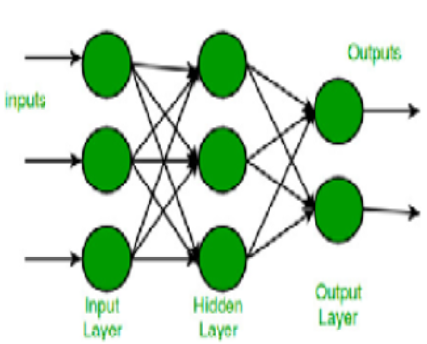


Indian Journal of Science and Technology
Year: 2024, Volume: 17, Issue: 12, Pages: 1159-1166
Original Article
M Rajendar1,2*, D Mallikarjuna Reddy3, M Nagesh1,2, V Nagaraju4
1Research Scholar, Department of Mathematics, School of Science GITAM: Deemed to be University, Hyderabad, Telangana, India
2Assistant Professor, Department of Mathematics, CMR Technical Campus, Hyderabad, 501401, Telangana, India
3Department of Mathematics, School of Science GITAM: Deemed to be University, Hyderabad, 502329, Telangana, India
4Assistant Professor, Department of Mathematics, Nalla Malla Reddy Engineering College, Hyderabad, 500088, Telangana, India
*Corresponding Author
Email: [email protected]
Received Date:28 January 2024, Accepted Date:23 February 2024, Published Date:14 March 2024
Objective: The importance of this research article is to evaluate efficient model for diagnosing pandemic COVID-19 positive cases in Telangana State, India. Method: Neural Network models (Extreme Learning Machine and Multi-Layer Perception), Deep Learning Neural Network model (Long Short Term Memory-LSTM) and traditional Auto Regressive Integrated Moving Average (ARIMA) models were applied and the data was converted from non-linear to linear (stationarity) for forecasting Covid-19 positive cases. The study of the data covered from 1st. Dec 2020 to 30th May 2021. 80% of train data was taken to fit the models and then 20% of the test data was used to predict the values. The deviation between original test data and predicted data led to an error. Among these error values, the model which had minimum errors was considered as the best of the four models. Findings: LSTM model was proved to be the most efficient model, as a result of the least Root mean square error (RMSE = 71.12) compared to ARIMA (258.20), ELM (553.67) and MLP (641.86) values. Novelty: These forecasting methods succour to predict the Covid-19 positive cases in the forthcoming days. This has been suggested for taking the better preventive steps to control the Covid-19 positive cases.
Keywords: COVID19, ARIMA, LSTM, MLP, ELM Forecasting
© 2024 Rajendar et al. This is an open-access article distributed under the terms of the Creative Commons Attribution License, which permits unrestricted use, distribution, and reproduction in any medium, provided the original author and source are credited. Published By Indian Society for Education and Environment (iSee)
Subscribe now for latest articles and news.